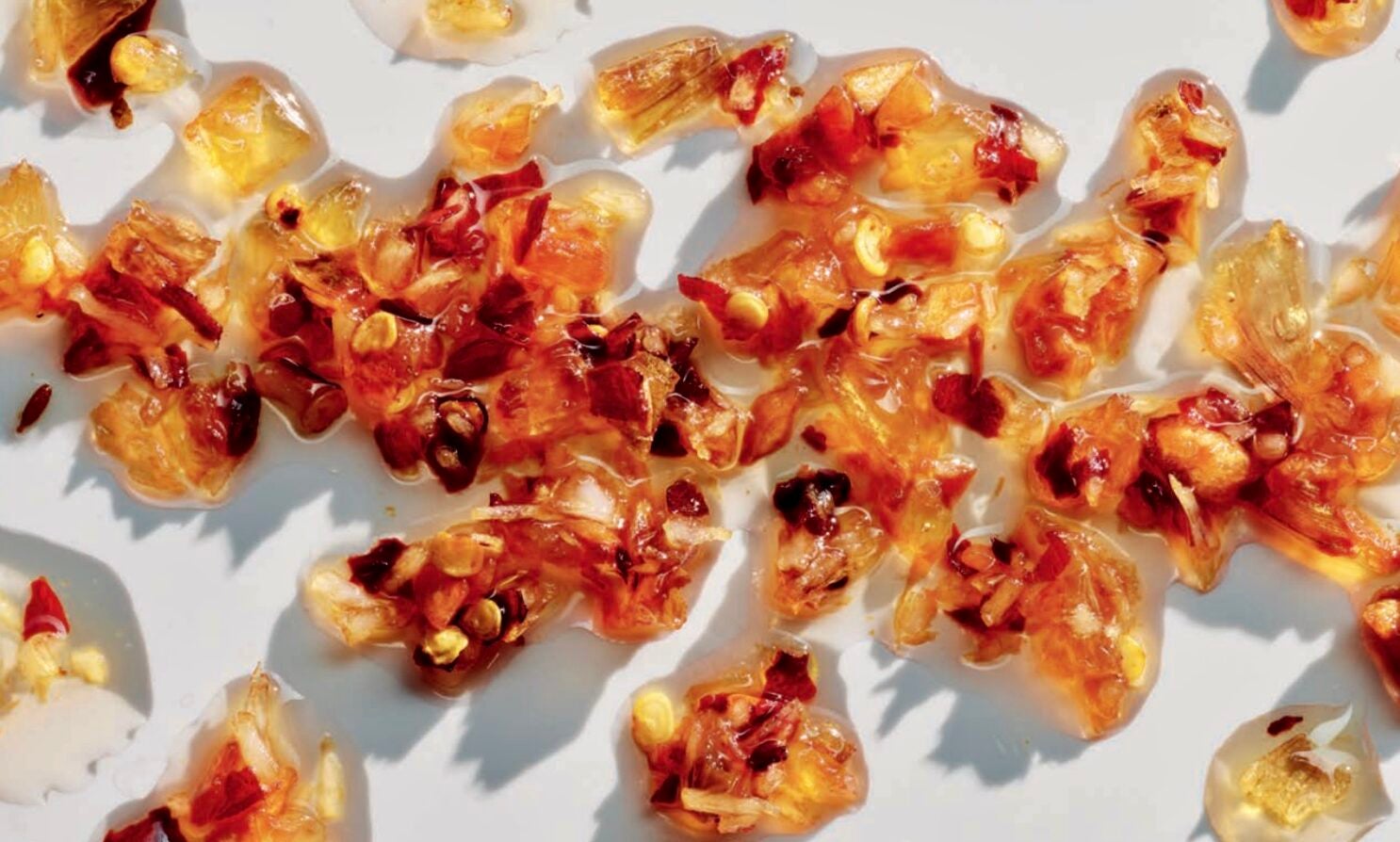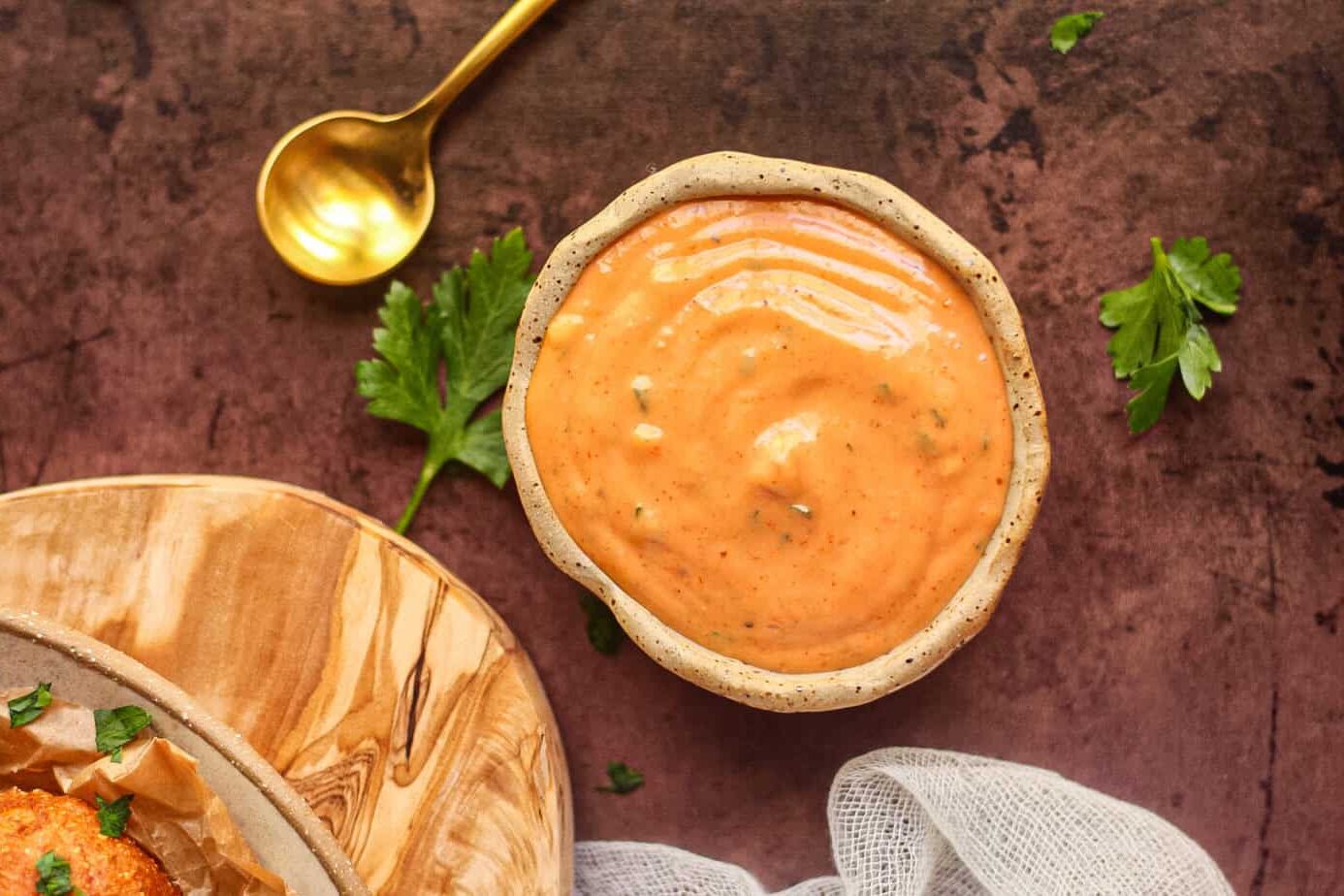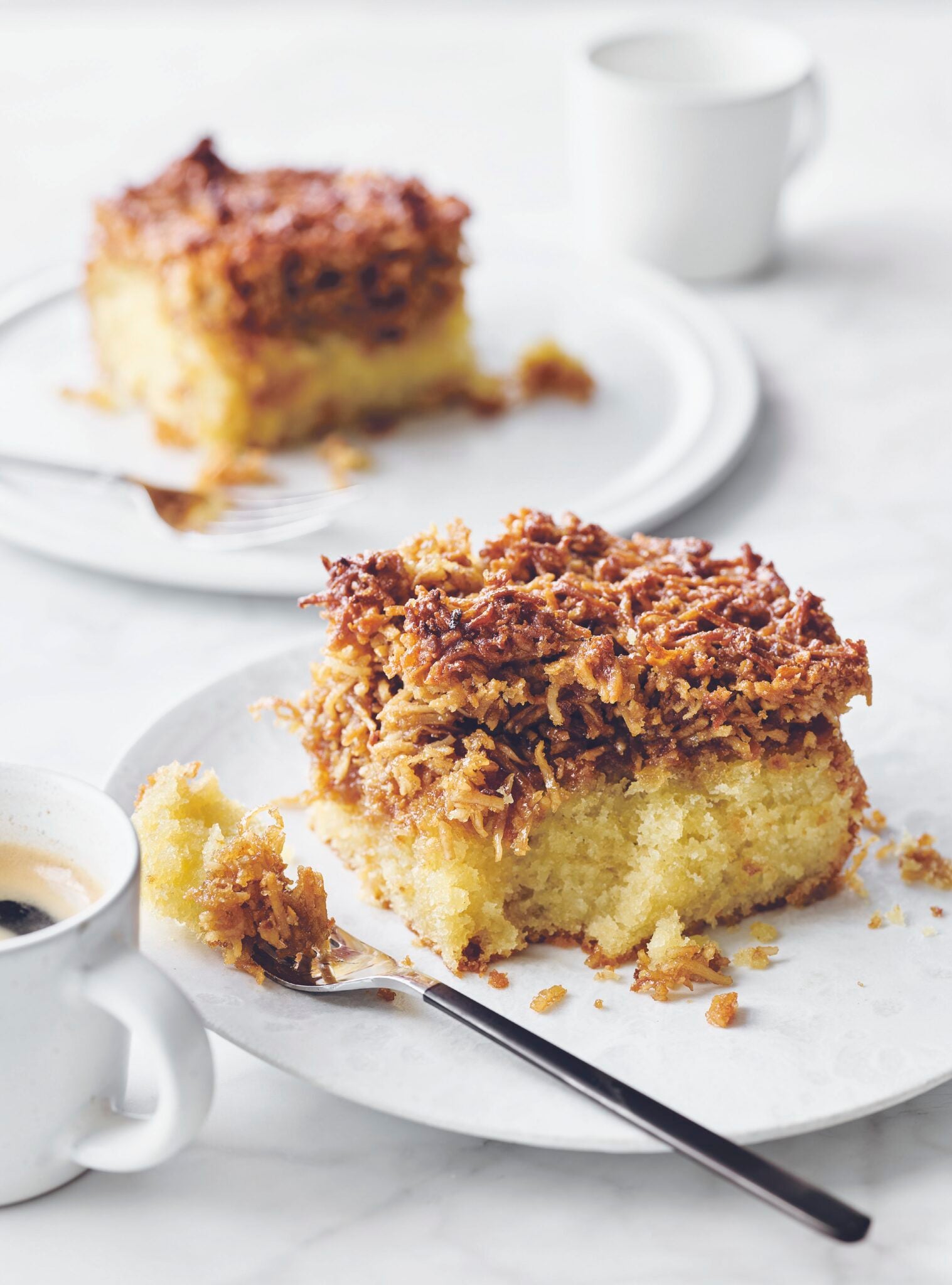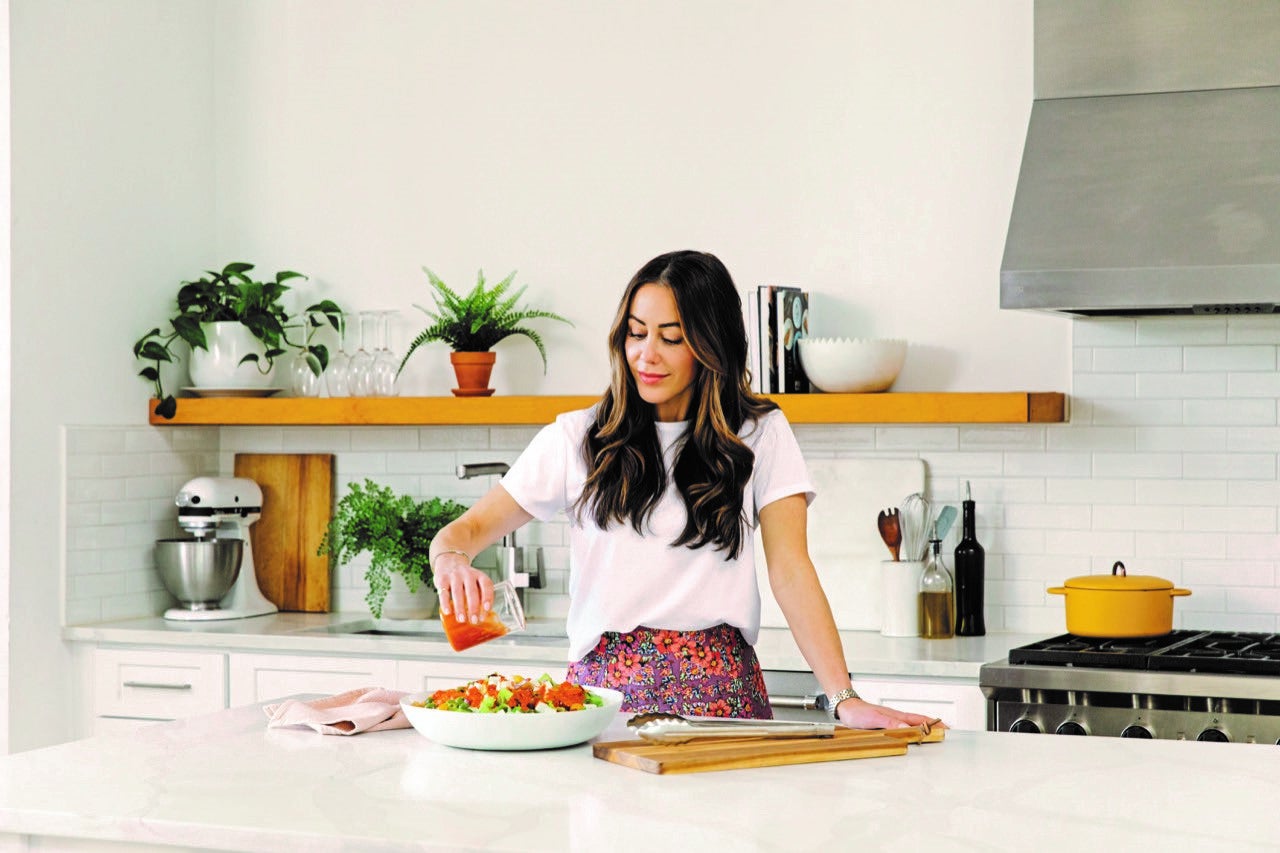Eggs can be a delicious part of meals. Larry Meiller visits with the author of a new book that includes not only recipes using eggs, but instructions on how to keep backyard chickens. Plus, tips on how to store, freeze and determine the freshness of eggs, and what different egg labels mean.
Featured in this Show
-
Raise Your Own Chickens For Delicious Eggs
Which came first, the chicken or the egg? If you have a flock of backyard hens, It’s an irrelevant question — you can enjoy both without waxing philosophical.
Terry Golson, who recently published book called “The Farmstead Egg Guide & Cookbook,” has spent 20 years keeping a farmstead flock, meaning that she has plenty of advice and tips for people interested in keeping backyard chickens. Even for people who will never have a coop out back, Golson’s book has valuable information about how eggs are produced, and the stark differences between farm-fresh options and the store-bought alternatives.
The size, color, and even shape of eggs can vary tremendously depending on the age and type of hen, as well as the bird’s living conditions, Golson explained.
Supermarket eggs are very uniform, but that’s because producers discard any that don’t fit the profile perfectly. In addition, factory chickens tend to be very closely related to each other, decreasing variety.
Golson said that her hens lay very unique eggs, and for her, that’s one of the treats of having her own flock.
“My petite, white leghorn, Betsy, lays eggs that are barely over 1 ounce,” she writes. “Opal, my Delaware hen, lays eggs that top the chart at almost 3 ounces.”
Golson said that a supermarket egg labeled as “large” is about 2 ounces, so she uses that as a guide when translating recipes for use with her hens’ eggs.
Here are three recipes from “The Farmstead Egg Guide & Cookbook.” To get a close look at Golson’s chickens and goats, visit their web cam.
(Excerpted from THE FARMSTEAD EGG GUIDE & COOKBOOK, © 2014 by Terry Golson
Reproduced by permission of Houghton Mifflin Harcourt. All rights reserved.)Asparagus with Poached Eggs and Smoked Salmon
Most of my hens are “standard,” which means they are big girls, weighing 4 to 6 pounds each. A hen of that size lays an egg that weighs about 2 ounces, which is what the USDA calls “large.” But I also like to keep a bantam or two. These hens are half the size of their large companions, and their eggs are smaller, too. For this recipe, if I have them, I’ll use two bantam eggs instead of one large egg for a charming presentation.
Makes 4 servings
For the dressing:
- 2 tablespoons lemon juice
- 2 tablespoons mayonnaise
- ⅓ cup vegetable or olive oil
- 1 tablespoon whole-grain mustard
- 1 teaspoon granulated sugar
- 1 teaspoon minced fresh dill
- ¼ teaspoon kosher salt
- ⅛ teaspoon freshly ground black pepper
For the assembled dish:
- 12 asparagus spears
- 4 slices bread of your choice
- 8 ounces smoked salmon
- 4 large eggs, poached and kept warm
- Chopped fresh dill, for garnish
1. Whisk all of the dressing ingredients together.
2. Set up a steamer basket and steam the asparagus spears just until tender. When the asparagus is done, toast the bread.
3. Assemble this recipe on individual dinner plates. Put a piece of toast on each plate. Arrange the salmon and asparagus on each piece of toast. Top each with an egg. Drizzle the dressing over the egg and asparagus. Garnish with dill.
Zucchini And Mint Frittata
Mint is not just for iced tea and garnishes on plates! Used in a frittata, it adds just the right savory and herbal note to the vegetables. A frittata can be finished in the oven, or it can be flipped over in the pan and finished on the stove. This recipe gives directions for the stovetop version, but you can also finish it in a hot oven as in the previous frittata recipes.
Makes 6 servings
- 3 tablespoons olive oil
- ½ cup sliced onion
- 1 red bell pepper, julienned
- 1 pound zucchini, sliced
- 8 large eggs
- ¼ cup grated Parmesan cheese
- ¼ cup chopped fresh mint
- ½ teaspoon kosher salt
- ¼ teaspoon freshly ground black pepper
1. Heat 2 tablespoons of the olive oil in a 10-inch heavy skillet. Sauté the onion and bell pepper until soft and golden. Take your time on this step to fully develop the sweet flavors of these vegetables. Stir in the zucchini and continue to cook over low heat until the edges begin to brown. Set aside in a bowl.
2. In another bowl, whisk together the eggs, 3 tablespoons of the Parmesan, the mint, salt, and pepper.
3. Heat the remaining 1 tablespoon olive oil in the skillet. Pour in the eggs and then distribute the vegetables on top. Cover and cook over medium-low heat for about 15 minutes, until the eggs are set but not yet firm on top. Several times while the eggs are cooking, take a flexible spatula and run it along the edge and under the frittata to make sure the eggs are not sticking to the pan.
4. Take the skillet off the heat. Put a dinner plate over it and flip the frittata onto the plate. Then slip the frittata back into the pan, now with the bottom side up. Top with the remaining 1 tablespoon Parmesan. Cook for a few minutes more, until the eggs are fully cooked.
Angel Food Cake with Raspberry Sauce
Makes 10 servings
If you’ve only tasted angel food cake purchased from a supermarket, this recipe will be a revelation. Unlike commercial angel food cakes, which often taste metallic and too sweet, this one has a clean flavor. Pour on the raspberry sauce, and you have a gorgeous finale to any meal. When a recipe calls for this many egg whites, I measure out the volume instead of counting the eggs. Egg size depends on who is laying and the time of year (the first eggs of spring are smaller). If I specified a set number of “large eggs,” I could be off by 1/4 cup whites, which would make a huge difference in this cake. Angel food cake uses the same skills needed for meringues (page 145); in fact it’s basically a meringue with flour added.
For the cake:
- 1 1/4 cups egg whites (8 to 10 whites)
- 1/2 teaspoon cream of tartar
- 1/4 teaspoon kosher salt
- 1 teaspoon vanilla extract
- 1 cup granulated sugar
- 1 cup cake or pastry flour (sifted before measuring)
For the raspberry sauce:
- 2 cups frozen raspberries
- 1/4 cup light brown sugar
- 2 teaspoons raspberry liqueur
For the garnish:
- 2 cups fresh raspberries
1. Preheat the oven to 325°F with a rack in the bottom third.
2. To make the cake, in a large, clean, dry bowl with an electric mixer, beat the egg whites and cream of tartar until soft peaks form. Add the salt and vanilla. (This is easiest to do in a stand mixer, but a handheld electric mixer can be used. The whites will greatly increase in volume, so use the largest bowl you have.)
3. With the mixer running at high speed, add the granulated sugar in a slow, steady stream. Beat until stiff, shiny peaks form. (The tips of the peaks will remain upright and not fall over.)
4. This is one of the few recipes where I sift the flour before measuring. It is very important that you have exactly the right amount of flour and that it is fluffy and free of lumps. Fold . cup of the flour into the egg whites. Continue to add small amounts of flour until all of it has been added and distributed evenly throughout the batter.
5. Spoon the mixture into an ungreased 10-inch angel food cake pan. Using a rubber spatula, smooth out the surface.
6. Bake for 35 to 40 minutes, until a toothpick inserted in the center of the cake comes out clean.
7. Put the cake pan upside down on a wire rack and let cool completely.
8. Meanwhile, make the raspberry sauce. Put the frozen raspberries, brown sugar, and liqueur in a small saucepan over low heat and cook until the raspberries soften and burst. (Don’t use the microwave for this.)
9. Strain the sauce through a fine-mesh sieve and discard the seeds.
10. When the cake is cool, run a flexible spatula along the sides of the pan to release the cake. Place the cake on a serving plate. Pour the sauce slowly over the top, letting some drip over the sides. Arrange the fresh berries on and beside the cake. Slice with a serrated knife or an angel food cake cutter.
Episode Credits
- Larry Meiller Host
- Judith Siers-Poisson Producer
- Terry Golson Guest
Wisconsin Public Radio, © Copyright 2024, Board of Regents of the University of Wisconsin System and Wisconsin Educational Communications Board.




